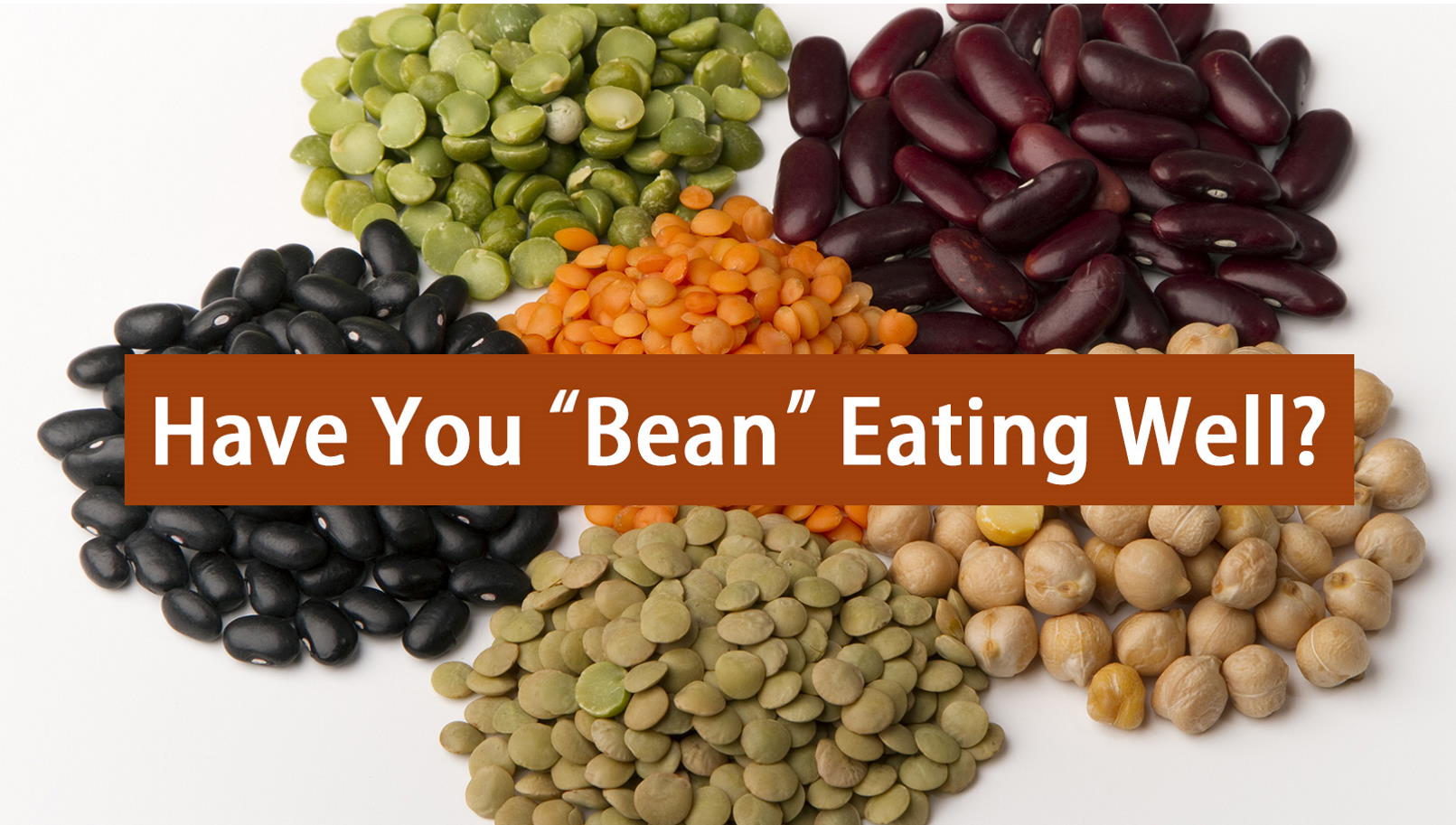14 September 2022
Remember PhytoFairy mentioned, when choosing protein, we need to prevent taking in unhealthy fats, especially saturated fats? In fact, the order of protein selection should be legumes, fish, eggs and followed by meat. Today, PhytoFairy will be sharing with you more about legumes.

What are the legumes that you are familiar with? Do you know that not every legume is considered as a protein source? For example, red bean is actually a staple food, which is a starchy whole grain food. If you want to replenish your protein needs, taking in red beans will not provide you with sufficient protein, instead it might increase your starch consumption. Therefore, we need to learn about the types of legumes in order to acquire sufficient nutrition.
Beans categorized as staple foods commonly taste starchy, such as red beans, mung beans, pearl beans, peas. Individuals with diabetes might need to be aware of the consumption, as these beans are similar to rice, if consumed excessively, it might affect your blood sugar levels.

Beans as protein sources include soybeans and soy products, such as tofu, soymilk, tofu pudding and other related bean products, while black beans and edamame are rich in protein too. Vegetarians may opt for the protein sources from the above-mentioned food types. However, if you are a vegan, you may have an extra supplement of Vitamin B12 to replenish the loss of Vitamin B12 that is typically found in meats, milk, seafood and yolk.
Reading upon these, have you ever wondered about what are the beans that are considered as vegetables? They are long beans, green beans (string beans), and ladies finger (okra). Generally, beans that are categorized as vegetables would taste much more crispier than other bean types.

Always keep in mind that a single type of grain will not be able to provide a sufficient protein intake. PhytoNutri comes with 21 types of natural grains and legumes which can easily provide us with high quality protein and various vitamins! With its individual package, we may bring it with us anywhere, anytime, especially when we are going to fitness centers. Having yourself a cup of PhytoNutri after exercises might give you better protein replenishment. Not only is it hygienic but it is also free from the troubles of dampness.
This is all for sharing today! Let us spread this message to more people so that we may know that different legumes belong to different food categories.






